- Reaction score
- 22,015
- Points
- 1,360
…surpass…This would seem to put them on pace with the Boeing Australia Loyal Wingman programme.

…surpass…This would seem to put them on pace with the Boeing Australia Loyal Wingman programme.
…surpass…
I was referring to Baykar’s exponential rate of progress, that at current rates will likely sling past even the RAAF and MQ-28 progress.
I skimmed that link and thought "this sounds like an ad". And sure enough, it totally is.To complicate things further
JUSTAS - MALE - Sky Guardian?
CMMA - P8?
Canadian Space Agency - Radarsat
PAL - Civil air patrol
Now the USARMY is investigating Contractor Owned Contractor Operated ISR service. Think of it like Federal Fleet Services and Asterix but supplying long range ISR from civilian Challenger 650s.
I skimmed that link and thought "this sounds like an ad". And sure enough, it totally is.
I'm not sure how it complicates anything though. The only change for the RCAF is the addition of RPAS - JUSTAS isn't a term used anymore.
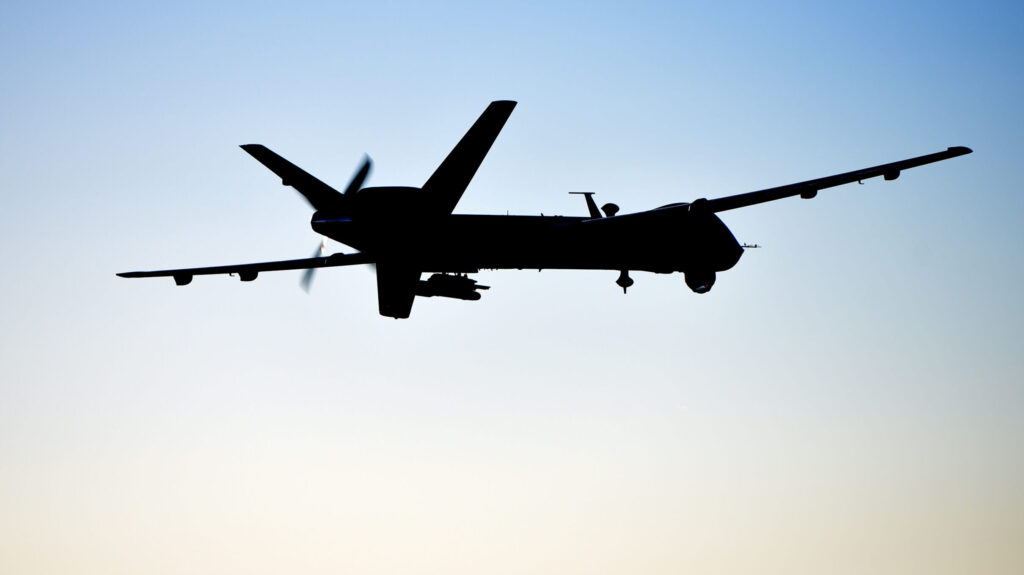

In fiscal 2024, for example, the Marine Corps is asking Congress for a total of roughly $3.6 billion in its unfunded priorities list, including $1.7 billion to purchase another San Antonio-class amphibious transport dock. Meanwhile, Indo-Pacific Command is asking for $3.5 billion in its FY24 unfunded priorities list and the Space Force wants an additional $477.3 million.
Opponents counter that the lists are just a way for the services to go around the White House or OSD-level budget decisions and ultimately lead to bad outcomes for taxpayers.



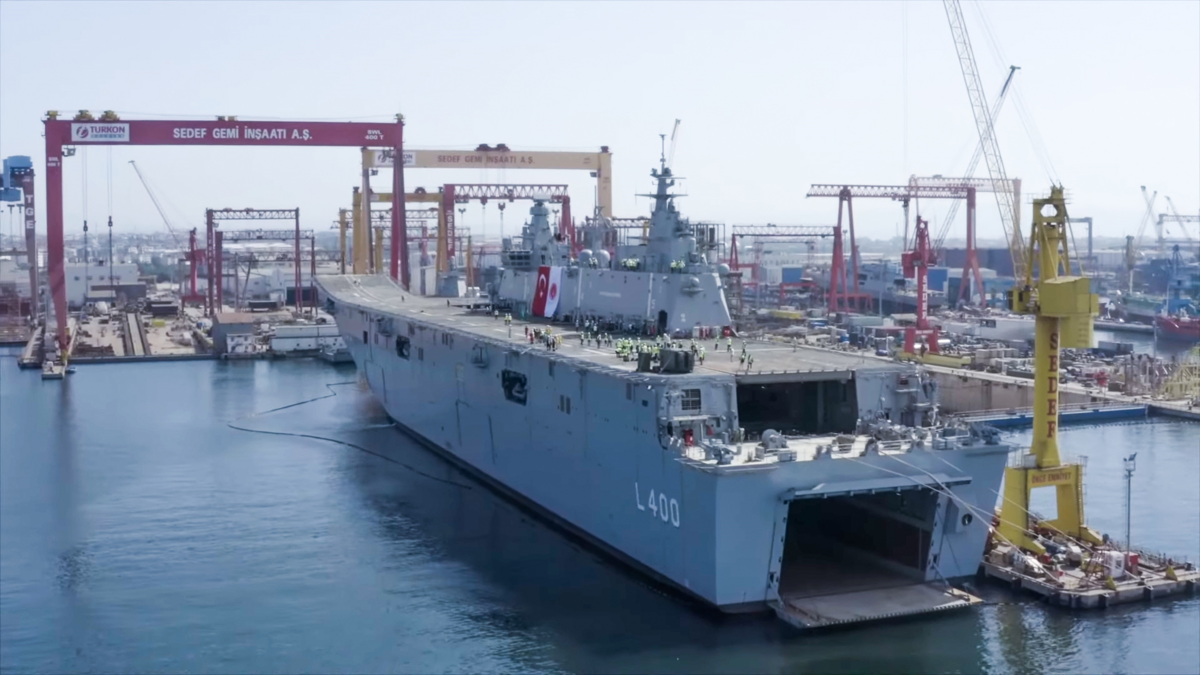

Swarming, which means throwing enough expendable drones at a defensive radar and interceptor position so as to overwhelm them, can be effective he said, but only to a point. The idea of small and cheap drones attacking air defenses by way of swarming may not be feasible because those drones lack the requisite range and speed.
“If you want things to go fast and far, they’re going to be jet-propelled and they’re going to cost a fair bit,” Bronk said.
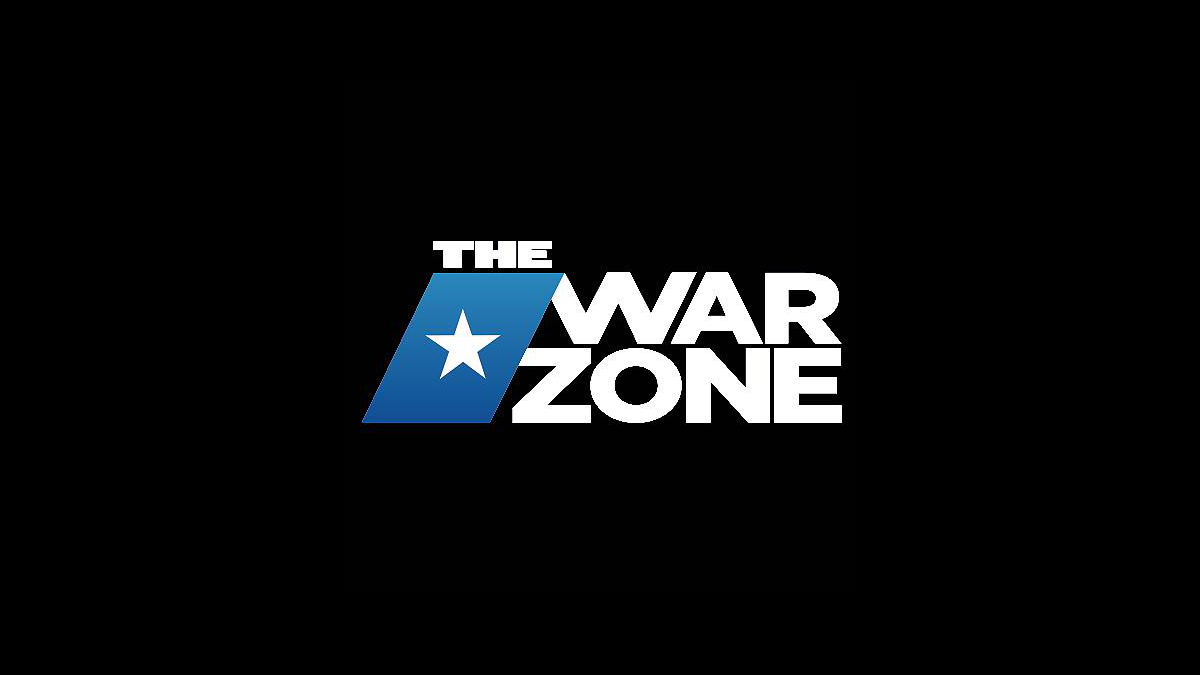
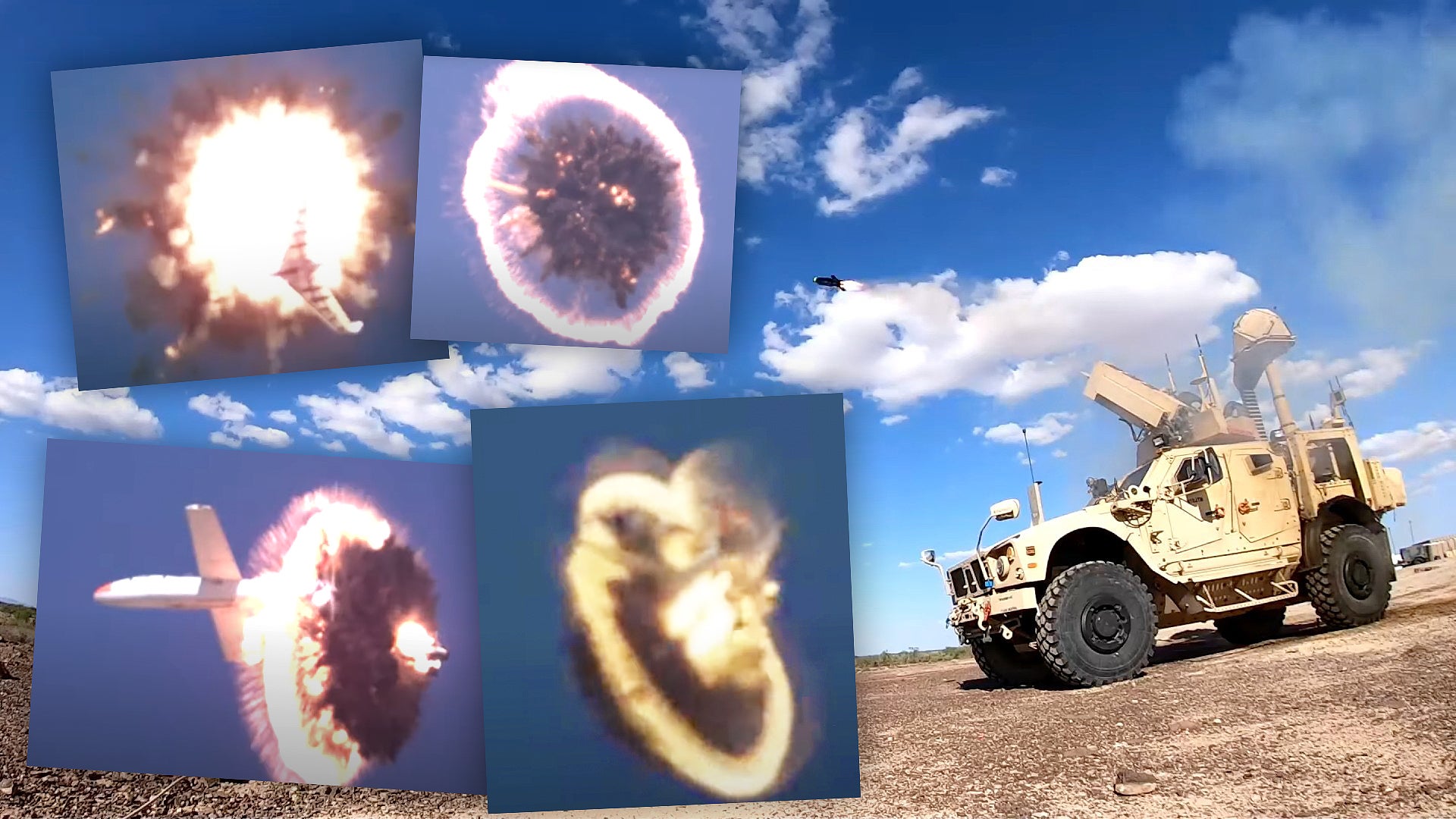
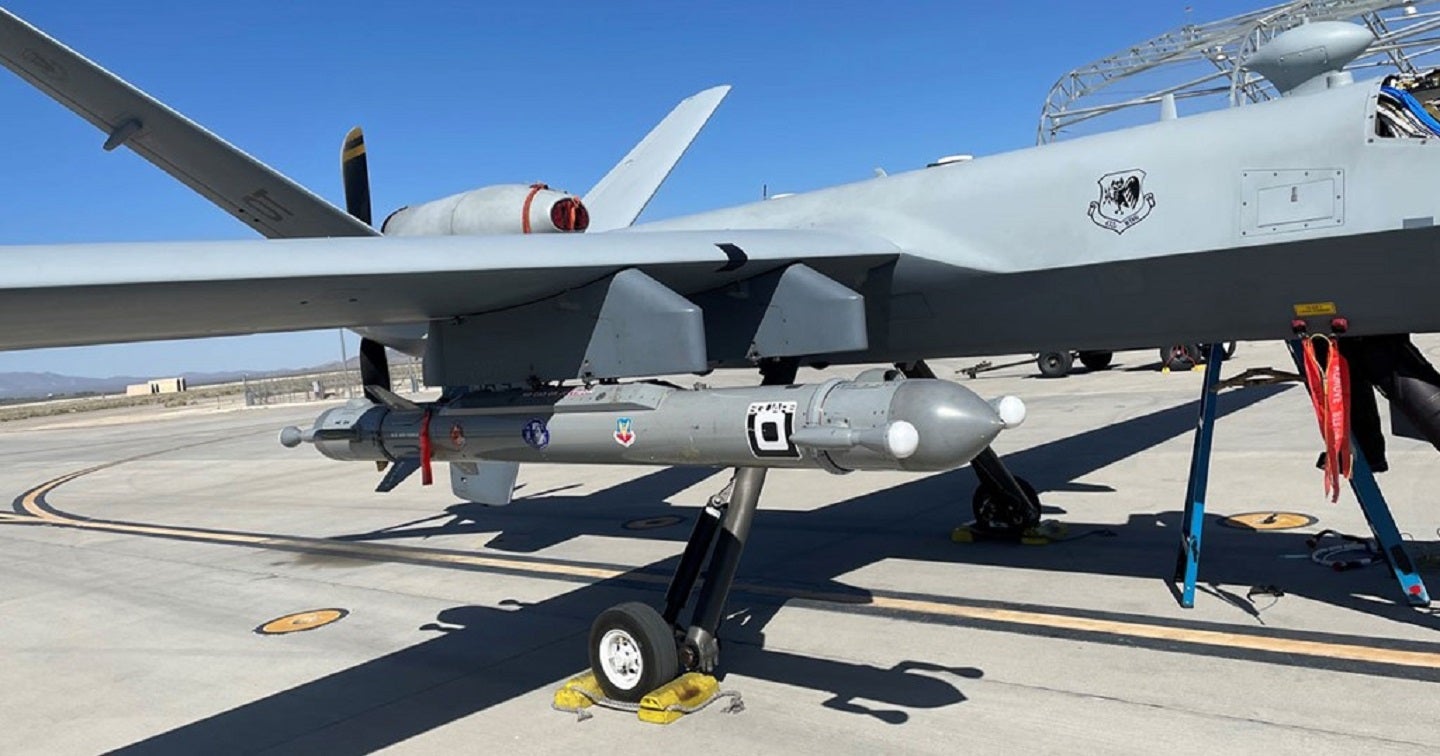
GA-ASI integrated the EW pod in less than nine months at no cost to the USAF by using a Co-operative Research and Development Agreement.
Already, Poland has purchased a distributed interactive simulation-based systems integration laboratory from the US DoD under a foreign military sales agreement in June.
WASHINGTON, September 15, 2023 - The State Department has made a determination approving a possible Foreign Military Sale to the Government of Canada of munitions and other systems to be integrated into MQ-9Bs for an estimated cost of $313.4 million. The Defense Security Cooperation Agency delivered the required certification notifying Congress of this possible sale today.
The Government of Canada has requested to buy munitions and other systems to be integrated into MQ-9Bs purchased through Direct Commercial Sales, to include: twelve (12) AN/APY-8 Lynx Synthetic Aperture radars; two hundred nineteen (219) AGM-114R2 Hellfire II missiles; eighteen (18) KMU-572 tail kits for the GBU-38 Joint Direct-Attack Munition (JDAM) and GBU-54 Laser JDAM (LJDAM); twelve (12) Mk82 500-lb General Purpose (GP) bombs; and six (6) Mk82 Filled Inert bombs. Also included are Due Regard Radars; SAGE 750 and SNC 4500 Electronic Surveillance Measures Systems; AN/ARC-210 radios; Compact Multi-Band Data Link (CMDL); KY-100M Narrowband/Wideband Terminals; KOR-24A Small Tactical Terminals; High-Bandwidth Compact Telemetry Modules (HCTM); KIV-77 cryptographic appliques and other Identification Friend or Foe (IFF) equipment; AN/PYQ-10C Simple Key Loaders (SKL); Common Munitions Built-In-Test/Reprogramming Equipment (CMBRE); FMU-139 Joint Programmable Fuses (JPF); M299 Hellfire launchers and training missiles; DSU-38 Precision Laser Guidance Sets; classified publications and technical documentation; munitions support and support equipment; secure communications, precision navigation, and cryptographic equipment; spare and repair parts, consumables, accessories, and repair and return support; unclassified software delivery and support; testing and integration support and equipment; maps and charts; personnel training and training equipment; transportation support; warranties; studies and surveys; Contractor Logistics Support (CLS); U.S. Government and contractor engineering, technical, and logistics support services; and other related elements of logistics and program support. The estimated total cost is $313.4 million.
Well, well, well…
Think of it as the flower class corvette of EW world.Effing Millenials...."Angry Kitten"?

USAF fields General Atomics’ Angry kitten EW system for future UAS - Airforce Technology
US Air Force will use the Angry Kitten EW system in the next 2 years to develop the best tactics, techniques and procedures of future UAS.www.airforce-technology.com
On the plus side -
PS
Something else for Poland to buy.
I await the Morose Marmot system.Think of as the flower class corvette of EW world.
